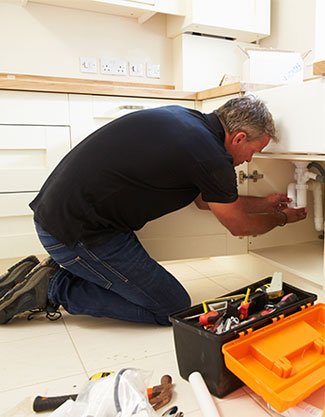The Urgent Need to Repair Your Leaking Toilet
A leaky toilet is more than just an annoyance; it may also lead to higher monthly water bills due to water waste. If you hear that familiar flushing noise again, you know there's a leak somewhere that needs fixing pronto. The good news is that sometimes root-cause analysis and solution development may be accomplished with little effort and expense.
Consequences of ignoring a running toilet
According
to the Geological Survey, a leaking toilet that is left running 24 hours a day
might waste as much as 22 gallons of water. Allowing the leak to persist for a
year would result in the loss of almost 8,000 gallons of water. The impact will
grow in direct correlation with the prevalence of leaking commodes at your
facility.
Now
consider what it means for your water bill every month. Since 2006, the average
yearly rise in household water and wastewater bills has been above 4%, and this
trend is projected to continue at least through 2021. Utility tariffs and rate
structures vary from one region of the country to another. This is where the Toilet repairs ST George
service from Mr Splash Plumbing St George works magnificently.
Causes of leaks that is rather typical
Leaks
may be triggered by the malfunction of any number of components that are common
to most toilet designs.
False Hope the Controls and Valves
Toilets
employ two types of valves to execute their functions: the flush valve, which
controls the flow of water into the bowl during a flush, and the fill valve,
which, if present, controls the filling of the tank. Both types of valves
include seals that, if not properly maintained, may become distorted or
damaged, allowing water to "run" continually into the tank or bowl. These
entire valve seals may be changed either alone or as part of a larger valve
overhaul.
Worn-out or broken parts
Flappers,
chains, and float rods are typical mechanical components for controlling the
toilet's flushing and filling valves. Valves and seals may fail to fully close
due to wear and strain on these parts. Metal parts might rust and fall apart
once enough time passes. Leaks may be avoided by double checking that
everything in the tank is in its proper position and is aligned properly.
The Grip Is Weak
Over
time, the handle that operates the toilet's flushing mechanism may become loose
or fall off entirely; allowing water to leak into the tank or bowl in between flushes.
Loose handles might be caused by a malfunctioning mounting nut, a chain that is
too tight or too loose, or any combination of the two. It might be necessary to
make minor changes to the flush handle or perhaps replace it if it is the cause
of the leak.
Inaccurate Sensors
The
automated flushing components of "touchless," sensor-operated toilets
need more frequent inspection and maintenance as they have grown in popularity.
The sensor's "eyes" together with its power source and wires fall
under this category. A malfunctioning sensor might force the toilet to flush
repeatedly even if no one is using it.




Comments
Post a Comment